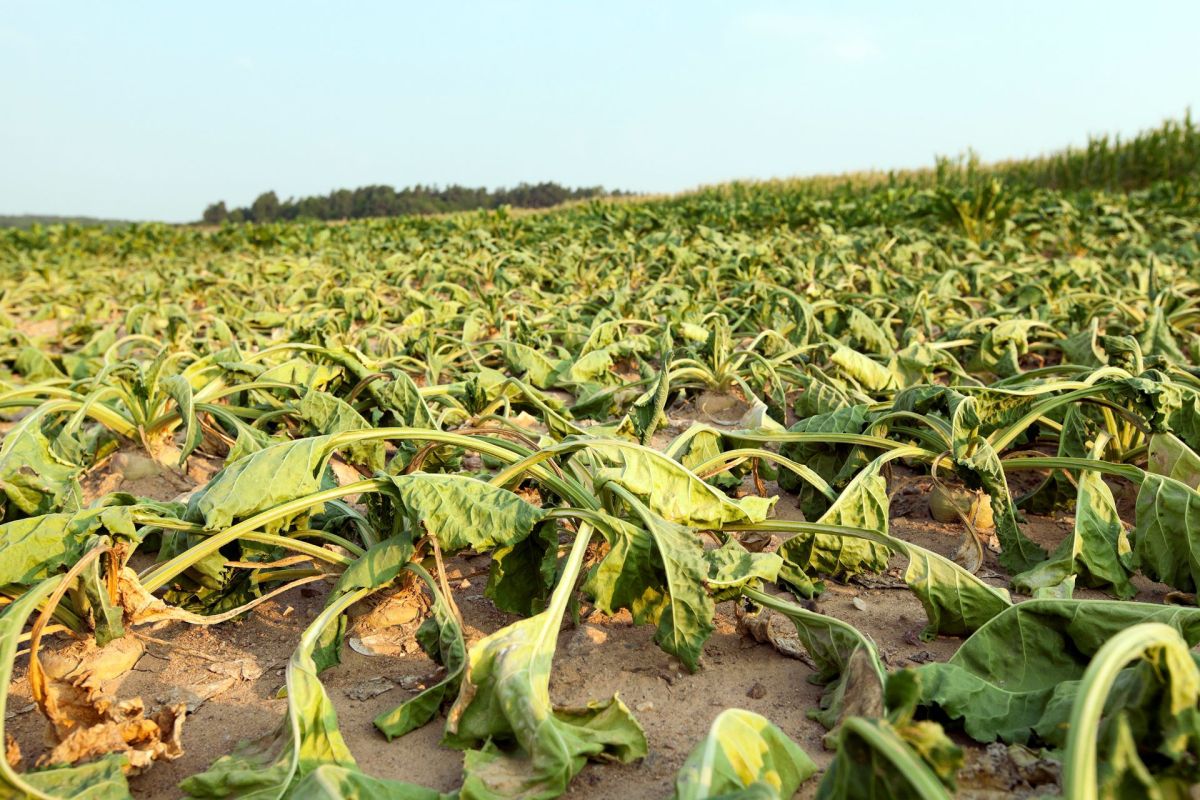Farmers across the globe face an ever-increasing risk of flash droughts as the planet's climate system continues to change over the coming decades, as a recent study in Communications Earth & Environment reported.
What's happening?
Even if they are not as visually appealing to the media, flash droughts can be just as damaging as flash floods, devastating food-growing regions and upending entire economies. Unfortunately, they are becoming increasingly common as human industrial activities warm the planet, the report noted.
Studies have shown that the risk of flash droughts continues to rise in every major agricultural region across the globe.
In North America and Europe, agricultural areas that previously had a 32% chance of experiencing a flash drought on a yearly basis may face an increased likelihood of such occurrences by as much as 53% annually in 2100.
Why are flash droughts concerning?
Droughts diminish water supplies, and when water is low, food crops get less or none of it, which affects food prices. Energy resources also rely on water, as thermal power plants running on coal or gas consume lots of water and, obviously, so do hydroelectric power plants.
All of this takes a huge toll on local economies when there is drought.
The Dakotas and Montana encountered a flash drought in 2017, resulting in a staggering $2.6 billion worth of agricultural losses within the United States alone, as Drought.gov reported.
A study published in the Nature Climate Change journal found that droughts now cost around nine billion Euros (about $9.8 billion as of late June) in annual economic losses across the European Union and the United Kingdom. If countries do not adapt, those costs could reach 65 billion Euros (more than $70 billion) by 2100.
In less developed economies, droughts bring life-threatening food shortages to entire communities and force people to flee their homes, which leads to more refugee crises around the globe.
What's being done about flash droughts?
Among the best ways to prevent severe damage caused by flash droughts is to improve weather forecasting. The U.S. drought monitor, for example, has created a short-term map that shows flash droughts as they are happening, as reported by Phys.org.
Drought-resistant crops have also been developed by scientists, with new innovations in this sector being researched and applied.
Much of the world's water goes to meat production. Just a pound of beef requires 2,400 gallons of water to produce, per Phys.org. In the U.S., about 80% of the Colorado River goes to agriculture, the majority of which goes to feeding cows for meat production.
The good news is there have been many recent innovations in this sector, as well, from improvements in plant-based meat to cellular agriculture, which can reduce water consumption by up to 96%.
Join our free newsletter for cool news and cool tips that make it easy to help yourself while helping the planet.









